50 Questions and Answers on Bearings Technology
#mcq #quizquestion
#automotivequestions #automotivequizquestions #automotivetechnology #automobileengineering #automobiletechnology
Introduction:
In the intricate world of automotive technology, bearings play a pivotal role in ensuring smooth operation and longevity of various components. Whether you're a seasoned automotive enthusiast or just getting your wheels turning in the world of automobiles, having a solid understanding of bearings is key.
In this article, we'll embark on a journey through 50 questions and answers about bearings in automotive technology, shedding light on the essential components that keep our vehicles moving seamlessly.
1. What is a bearing in automotive technology?
Ans. A bearing is a mechanical component that facilitates smooth movement between two parts, reducing friction and enhancing the efficiency of automotive systems.
2. Why are bearings important in automobiles?
Ans. Bearings support rotating parts, such as wheels, gears, and engine components, reducing friction and wear, ultimately ensuring the longevity and efficiency of the vehicle.
3. What are the common types of bearings used in automobiles?
Ans. Common types of bearings include ball bearings, roller bearings, needle bearings, and plain bearings.
4. How do ball bearings differ from roller bearings?
Ans. Ball bearings use spherical balls to reduce friction, while roller bearings use cylindrical rollers.
5. What is the purpose of a thrust bearing in automotive applications?
Ans. Thrust bearings support axial loads, preventing axial movement in components like crankshafts.
6. How do bearings contribute to fuel efficiency in vehicles?
Ans. By minimizing friction, bearings reduce energy loss, contributing to improved fuel efficiency.
7. Can bearings affect the overall performance of a vehicle?
Ans. Yes, worn or faulty bearings can negatively impact performance, causing vibrations, noise, and reduced efficiency.
8. What is the role of wheel bearings in automobiles?
Ans. Wheel bearings support the vehicle's weight and allow the wheels to rotate smoothly.
9. How can you identify a failing wheel bearing?
Ans. Common signs include noise, vibration, and irregular tire wear. A visual inspection may reveal play or roughness when rotating the wheel.
10. Why is proper lubrication crucial for bearings?
Ans. Lubrication reduces friction, heat, and wear, extending the life of bearings and maintaining optimal performance.
11. What are the consequences of inadequate lubrication for bearings?
Ans. Inadequate lubrication can lead to increased friction, heat generation, and premature wear, compromising the functionality of the bearing.
12. How do sealed bearings differ from open bearings?
Ans. Sealed bearings have protective seals to prevent contaminants from entering, enhancing durability in harsh conditions.
13. What role do bearings play in an automatic transmission?
Ans. Bearings in an automatic transmission support shafts and gears, ensuring smooth and precise gear changes.
14. How can you extend the lifespan of automotive bearings?
Ans. Regular maintenance, proper lubrication, and timely replacement of worn bearings contribute to their longevity.
15. What is the function of a pilot bearing in a manual transmission?
Ans. A pilot bearing supports the input shaft of the transmission, allowing it to rotate smoothly.
16. How do bearings contribute to noise reduction in vehicles?
Ans. Well-maintained bearings reduce friction-related noise, providing a quieter and more comfortable driving experience.
17. Can extreme temperatures affect bearing performance?
Ans. Yes, extreme temperatures can impact lubrication properties and lead to premature wear, emphasizing the importance of temperature-resistant bearings.
18. How do tapered roller bearings differ from cylindrical roller bearings?
Ans. Tapered roller bearings handle both radial and axial loads and are commonly used in wheel hubs, while cylindrical roller bearings primarily handle radial loads.
19. What is a bushing, and how does it differ from a bearing?
Ans. A bushing is a type of plain bearing, often made of brass or bronze, designed to reduce friction between two parts. Unlike conventional bearings, bushings do not incorporate rolling elements.
20. How do bearings contribute to the safety of a vehicle?
Ans. Properly functioning bearings ensure the stability and reliability of critical components, contributing to overall vehicle safety.
21. Why do some high-performance vehicles use ceramic bearings?
Ans. Ceramic bearings offer lower friction and reduced heat generation compared to traditional steel bearings, contributing to improved performance in high-speed applications.
22. What is a bearing preload, and why is it important?
Ans. Bearing preload is the application of a slight load to eliminate internal clearances, reducing play and ensuring optimal contact between bearing surfaces.
23. In what automotive applications are needle bearings commonly used?
Ans. Needle bearings are often used in applications with limited space and high radial load requirements, such as connecting rods and rocker arms.
24. What is the purpose of a center support bearing in a driveshaft?
Ans. A center support bearing supports the center of a two-piece driveshaft, reducing vibration and maintaining alignment.
25. How do bearings contribute to the efficiency of electric vehicles?
Ans. In electric vehicles, bearings play a crucial role in supporting components like electric motors and ensuring efficient energy transfer.
26. Can bearings affect the handling characteristics of a vehicle?
Ans. Yes, worn or misaligned bearings can lead to instability, affecting the vehicle's handling and overall driving experience.
27. What is the function of a release bearing in a clutch system?
Ans. A release bearing, also known as a throwout bearing, engages and disengages the clutch by applying pressure to the clutch diaphragm spring.
28. How can over-tightening affect bearing performance?
Ans. Over-tightening can increase internal clearances, leading to premature wear and reduced bearing life.
29. What is the role of a journal bearing in an engine?
Ans. Journal bearings support the rotating components of an engine, such as the crankshaft, camshaft, and connecting rods.
30. How do bearings contribute to the reliability of braking systems?
Ans. In braking systems, bearings support components like brake rotors, ensuring smooth and reliable operation during braking.
31. What are the advantages of using self-aligning ball bearings?
Ans. Self-aligning ball bearings can accommodate misalignment, making them suitable for applications where shaft deflection or misalignment is common.
32. Why is it important to choose the right type of bearing for a specific application?
Ans. Choosing the right bearing ensures optimal performance, longevity, and efficiency in a given automotive application.
33. How do bearings contribute to the performance of suspension systems?
Ans. In suspension systems, bearings facilitate smooth movement and allow for controlled articulation, contributing to a comfortable ride and responsive handling.
34. What is the function of a swivel joint bearing in a steering system?
Ans. A swivel joint bearing allows for smooth rotation in the steering system, enabling precise control of the vehicle's direction.
35. How do bearings help reduce maintenance costs in vehicles?
Ans. By minimizing wear and reducing the need for frequent replacements, bearings contribute to lower maintenance costs over the vehicle's lifespan.
36. Can contaminated lubricants impact bearing performance?
Ans. Contaminated lubricants can introduce abrasive particles, leading to increased wear and potential bearing failure.
37. What role do bearings play in the operation of air conditioning compressors?
Ans. Bearings support the rotating components of air conditioning compressors, ensuring efficient and reliable operation.
38. How do bearings contribute to the performance of differential gears?
Ans. In the differential, bearings support the rotating gears, allowing for smooth power distribution and preventing excessive wear.
39. What is the purpose of a flange bearing in automotive applications?
Ans. Flange bearings have an extended flange that provides additional support and helps maintain proper alignment in specific applications.
40. How do bearings contribute to the durability of power steering systems?
Ans. Bearings in power steering systems support components like the steering shaft, ensuring smooth and responsive steering.
41. Why are bearings preloaded in some applications?
Ans. Preloading bearings eliminates internal clearances, improving stiffness and reducing vibration in high-precision applications.
42. What role do bearings play in the operation of the alternator?
Ans. Bearings support the rotating shaft of the alternator, ensuring efficient generation of electrical power for the vehicle's electrical system.
43. How can you determine the appropriate amount of lubricant for a bearing?
Ans. Follow the manufacturer's recommendations and guidelines to determine the correct amount and type of lubricant for a specific bearing application.
44. What is the significance of a bearing's radial clearance?
Ans. Radial clearance allows for thermal expansion and contraction, preventing excessive heat buildup and ensuring proper operation.
45. How can you identify the source of a bearing noise in a vehicle?
Ans. Use a stethoscope or conduct a systematic inspection to pinpoint the location of the noise, which can help identify the affected bearing.
46. What are the advantages of using sealed bearings in wheel hubs?
Ans. Sealed bearings protect against water, dirt, and other contaminants, extending the lifespan of the bearing and enhancing overall reliability.
47. How do bearings contribute to the performance of a transmission?
Ans. Bearings support the rotating shafts and gears in a transmission, allowing for smooth and precise gear engagement.
48. Can improper installation impact bearing performance?
Ans. Yes, improper installation, such as incorrect torque or misalignment, can lead to premature wear and compromise the functionality of the bearing.
49. What is the purpose of a bearing retainer or cage?
Ans. A bearing retainer or cage holds the rolling elements in place, ensuring proper spacing and alignment within the bearing.
50. How do advancements in bearing technology impact the automotive industry?
Ans. Advancements, such as the use of advanced materials and coatings, contribute to improved durability, efficiency, and performance in automotive applications.
Conclusion:
Navigating the intricate landscape of automotive technology requires a comprehensive understanding of the components that drive our vehicles forward. Bearings, often unsung heroes in this mechanical symphony, play a crucial role in ensuring the smooth operation, efficiency, and safety of our automobiles.
Armed with the answers to these 50 questions, you're now better equipped to appreciate the importance of bearings in automotive technology and embark on a smoother journey down the road.


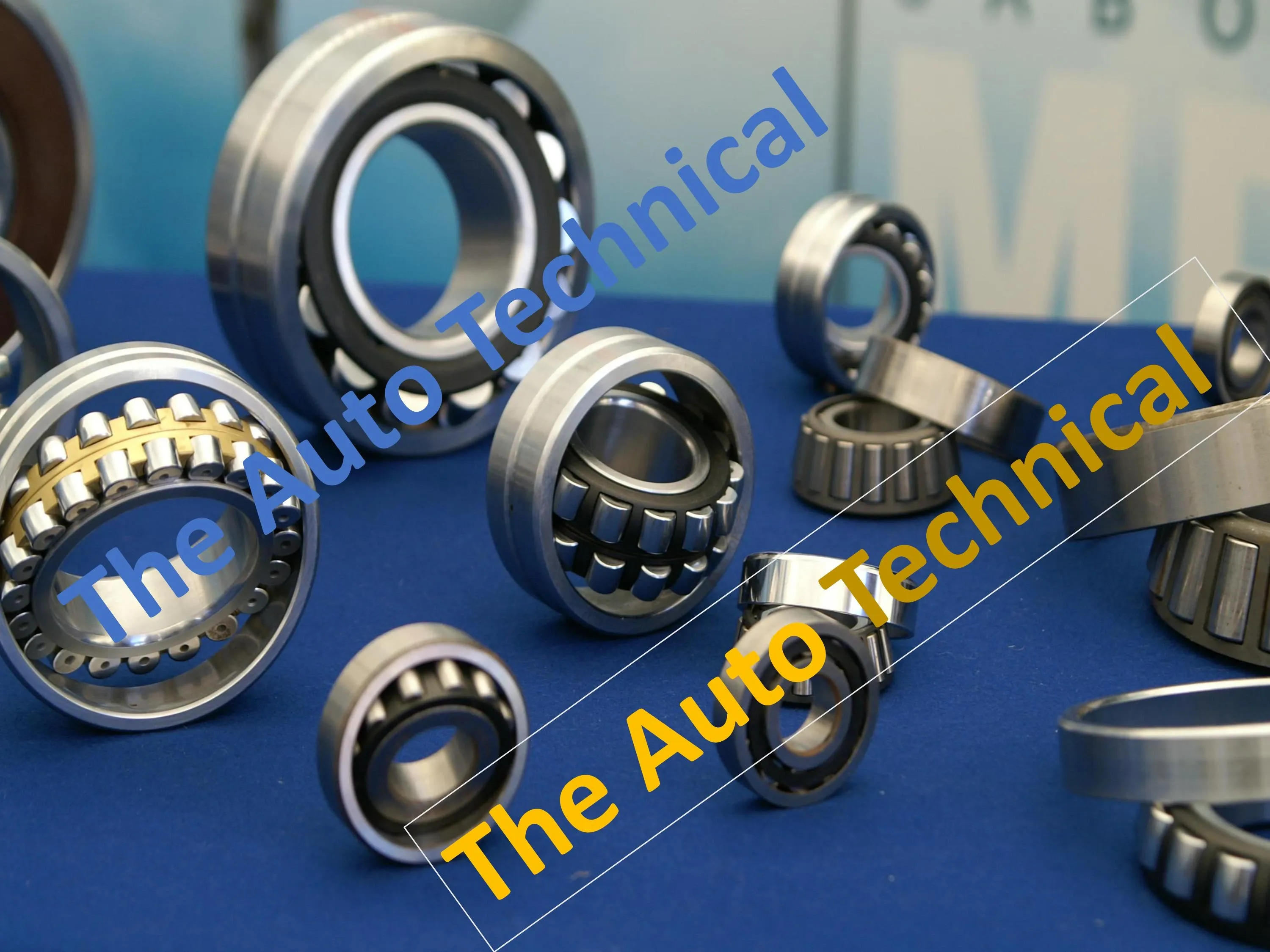
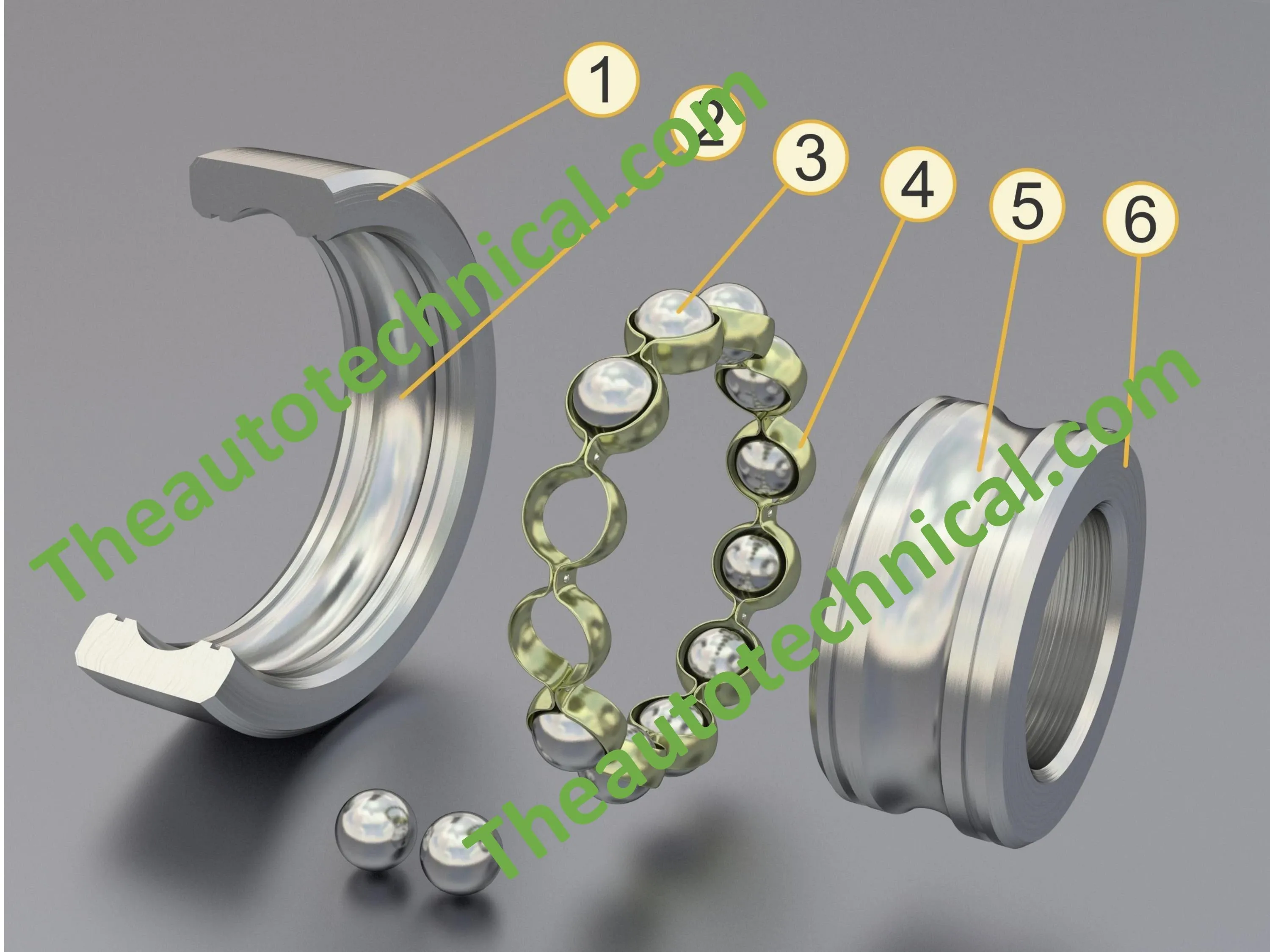
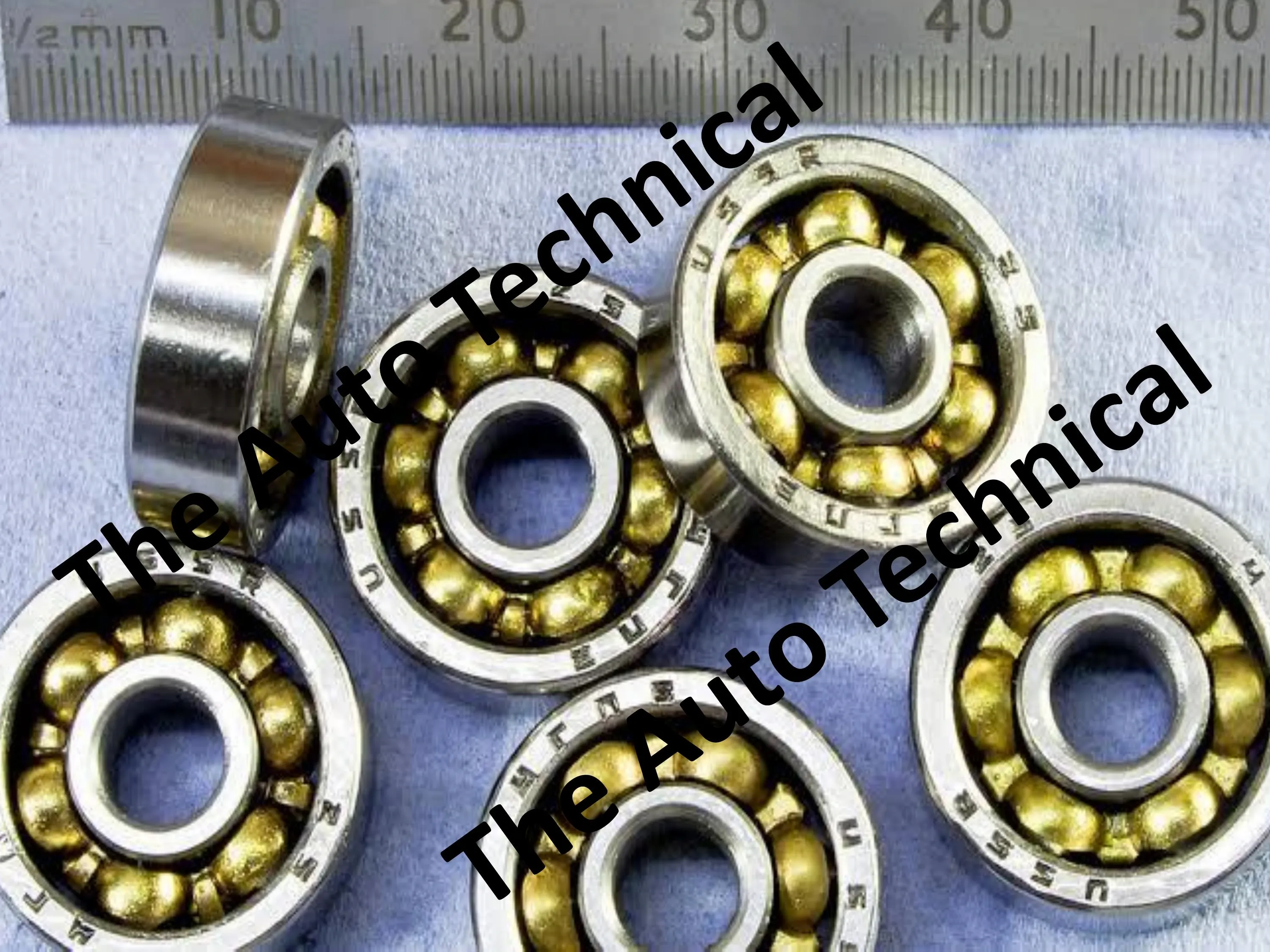

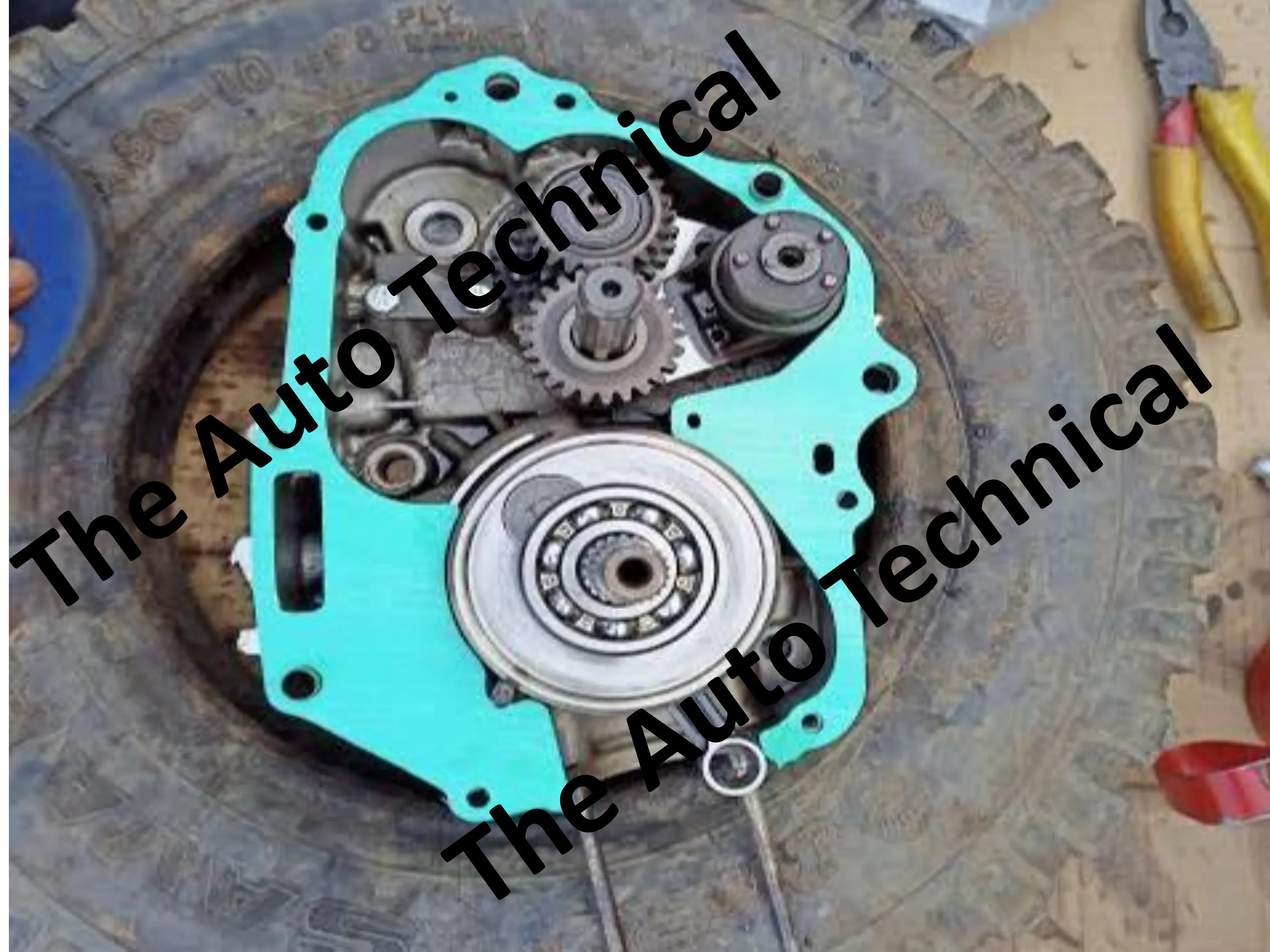
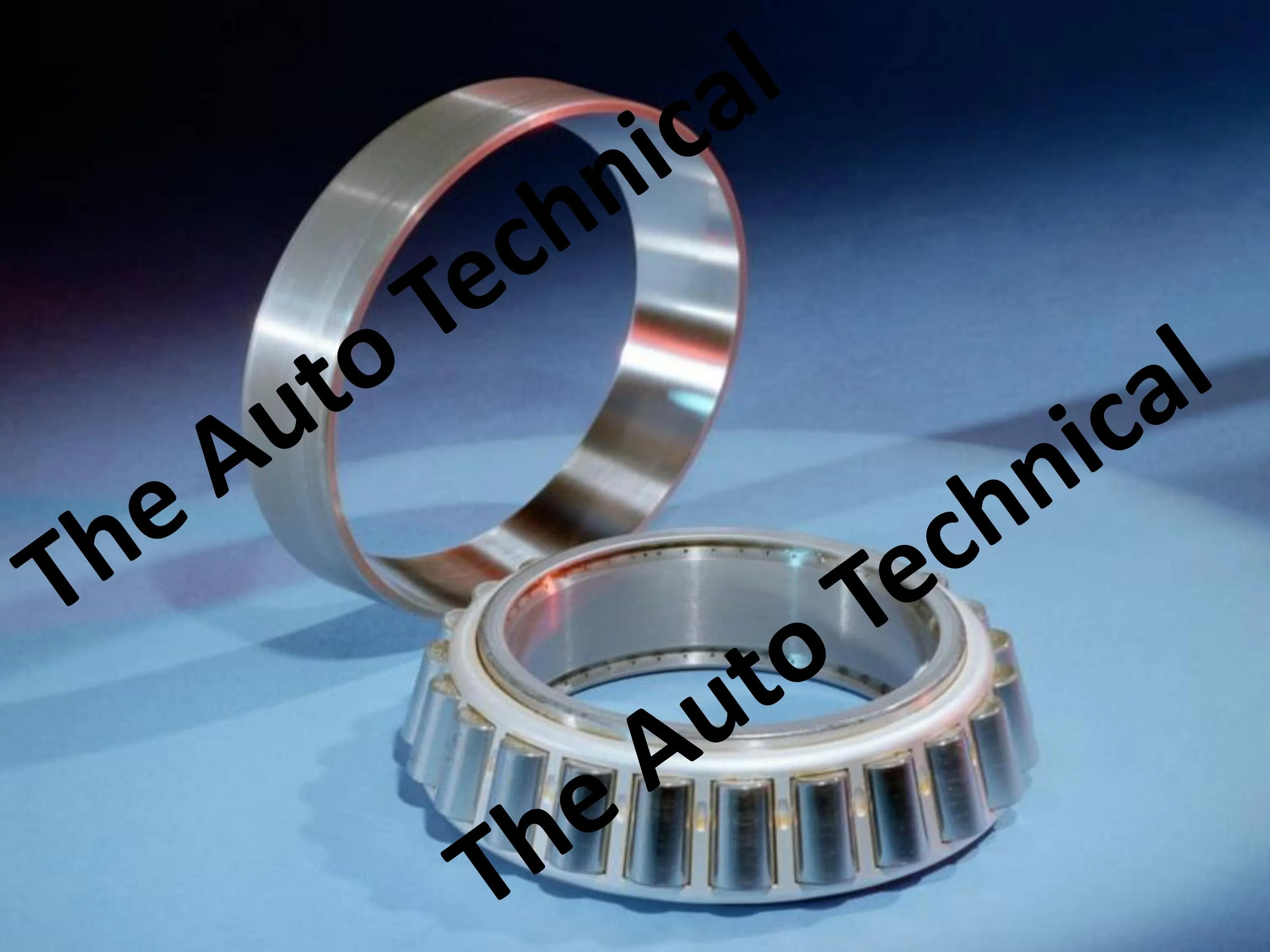









.webp)

0 تعليقات